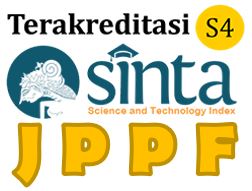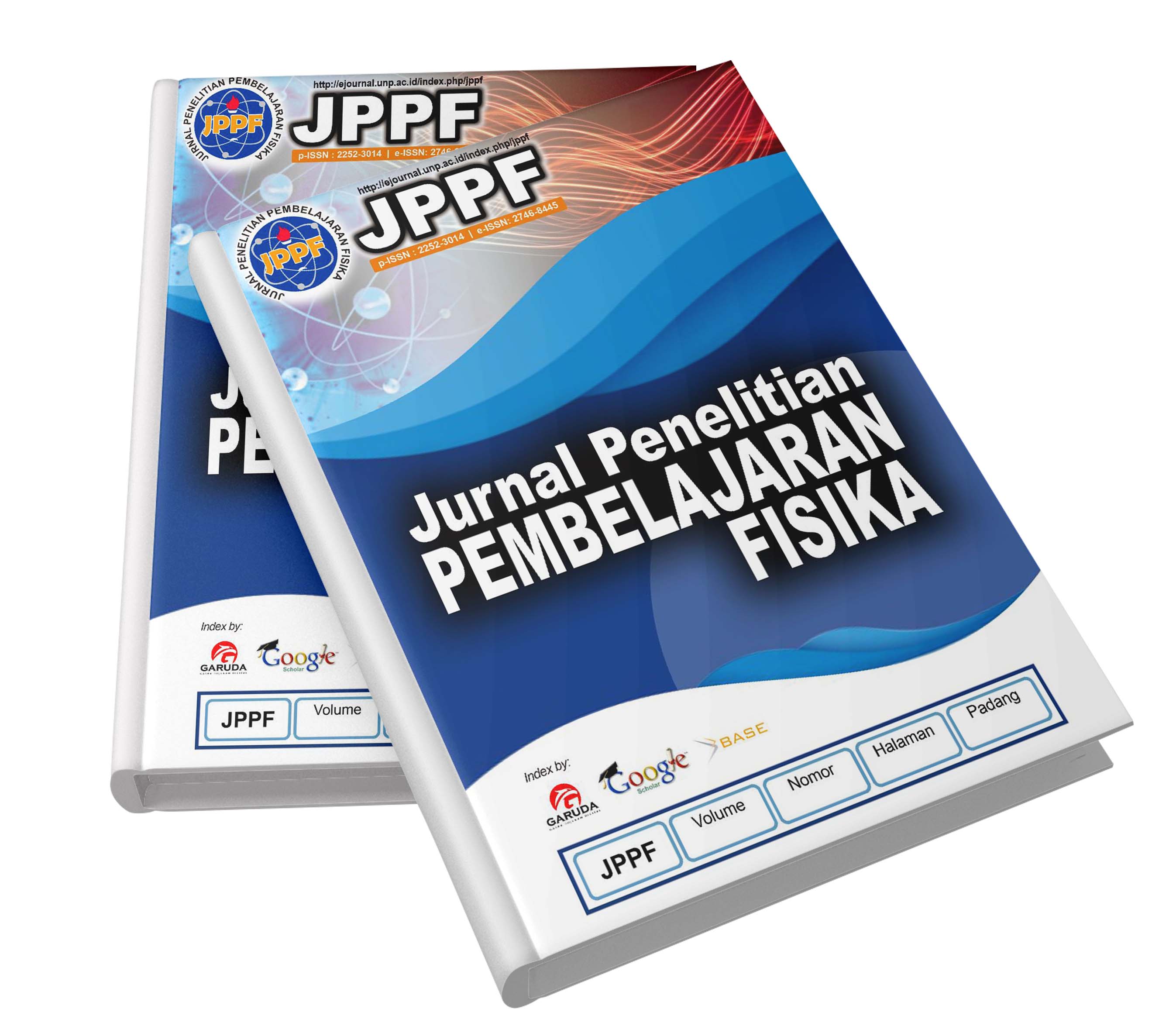Abstract
The Integrated Model teaches science through a process not just a mere conceptual presentation so that students are given the opportunity to find their own answers so that students can more easily understand the lessons given by the teacher. Integrated learning as a unifying learning activity that combines several subjects at once in one face-to-face, to provide meaningful experiences for students. Through a student-centered and fun learning atmosphere, so that children are motivated to learn. This study aims to analyze and compare the effect of the integrated model on science learning in terms of education level and student learning outcomes. This study used a meta-analysis method that examined 15 articles. The data analysis technique used is quantitative and qualitative data analysis because narrative research data has been found. Based on the research results it can be seen that: The integrated model is more effectively applied at the junior high school level with an effect size value of 1.33 (very high category) and at the elementary level with an effect size value of 0.88 (high category). and integrated learning, the integrated model also has an impact on the learning outcomes of elementary and junior high school students' knowledge and skills.




